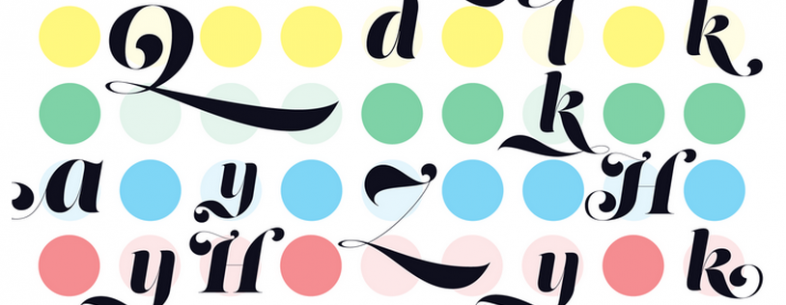A large new study found that prescription testosterone raised the risk of heart attacks in older men and in middle-aged men with a history of heart disease, prompting some experts on Wednesday to call for more extensive warning labels on the drugs.
The new study is one of several in recent years that have highlighted cardiac problems as a potential side effect of testosterone gels, patches, pellets and injections. The hormone is approved for low testosterone levels and is widely marketed for symptoms of “low T,” including fatigue, low libido and loss of energy. Sales in the last decade
have soared.
(..)
Testosterone increases the production of red blood cells, which can clump together or coagulate, essentially making blood thicker, said Mary Schooling, a professor of public health at Hunter College who
published a large study linking testosterone use to cardiovascular events last year. That may be especially hazardous in men who have narrowed arteries because of aging and disease. “There is a potential for harm, and people should know about this,” she said.














